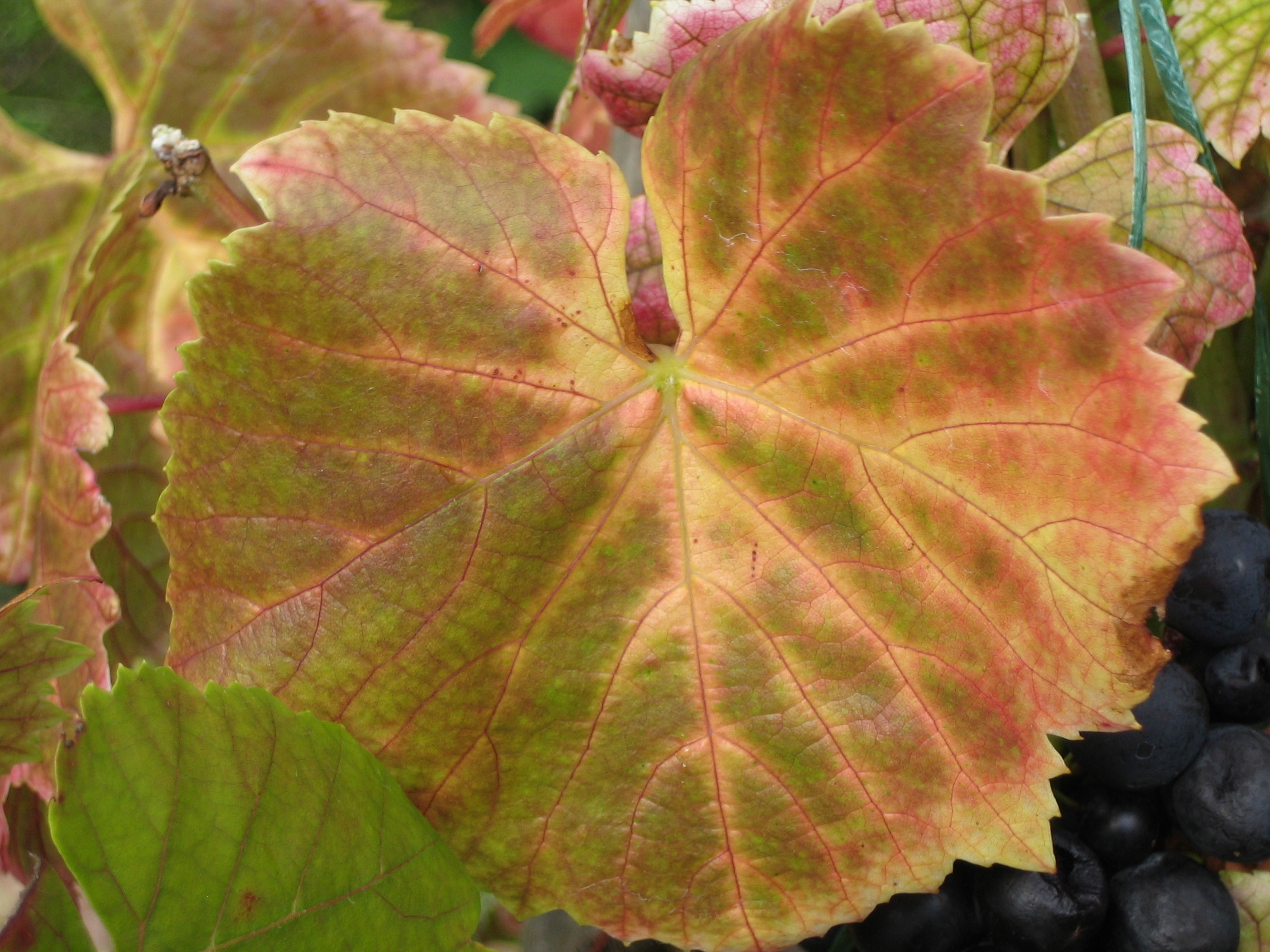An Intersection of Wine and History
When one thinks about beverages in Germany, beer immediately comes to mind. Wine lovers will be happy to know that Germany isn’t just about beer. In fact, the State of Saxony in eastern Germany has an 850 year old wine-making history. I recently visited the area to discover their wines.
My search for the historic wineries took me along the Saxon Wine Trail, which runs for about 35 miles from Pirna, south of Dresden, to Diesbar-Seusslitz north of Meißen. The trail winds past vine-clad terraces along the banks of the ElbeRiver. The charming region dotted with little towns and villages offers countless reminders of its wine heritage. There are whitewashed vintner’s cottages, soaring church steeples and snug wine taverns along the route. The wine growing region is the smallest in Germany with only 450 hectares. There are about 20 full scale wineries but also a number of smaller private wine growers who form the Saxon Winemaker’s Association.
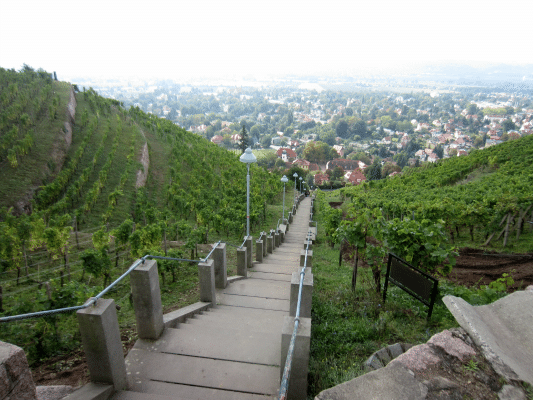
This is one of the northernmost wine growing areas in the world. Sloping terraces planted with vines dot a stunning landscape but the steep terrain doesn’t allow for the use of agricultural machines. Consequently, grapes are hand-picked. The result is a superb high quality production of excellent white wines as well as a smaller selection of reds.
I sat down with Thomas Herrlich of Vincenz Richter in Meißen to learn about his family’s vineyard and sample the fruit of the vines. Vincenz Richter has a modern tasting room and the latest technology for winemaking. This fifth generation winery produces several varieties but Riesling is king.
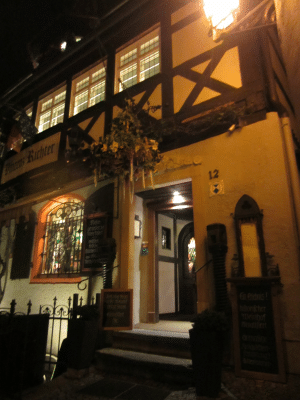
The family also owns an incredibly romantic restaurant located in the market square in Meißen. Guests dine on Meissen porcelain in the cozy dining rooms surrounded by antiques dating back centuries. The extensive wine list showcases products from the family vineyard. After the war Soviet Troops invaded the restaurant and tapped into the wine barrels. Unfortunately for them, they didn’t find a single drop of wine. The family had hidden their precious porcelain in them and the soldiers in their fury smashed it all. Thomas’ grandmother was incensed. She hurried to the Soviet commandant and secured his special protection, which spared the family expropriation during GDR times. As a result, the restaurant and vineyard are still family owned. Never, ever get between a grandmother and her wine.
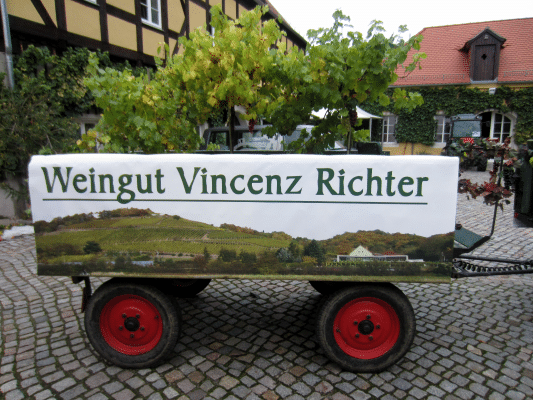
Nestled in the little town of Radebeul between Dresden and Meißen, Schloss Wackerbarth houses Saxony’s oldest production facility for sparkling wine. It’s also Europe’s first adventure vineyard allowing visitors to discover and experience the world of wine first-hand.
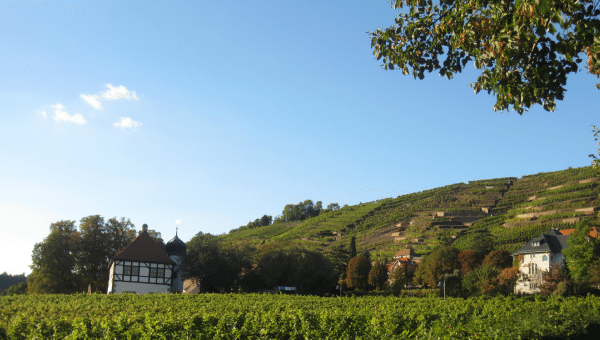
In 1730, Count August Christoph von Wackerbarth, a cabinet minister of Elector Agustus the Strong, purchased these vineyards and the green spaces surrounding them. He instructed the architects of the Saxon court to construct a country house, belvedere and a formal French garden. All of this is part of the winery today. The Baroque splendor provides a spectacular backdrop for special events, concerts and weddings.
Schloss Wackerbarth offers wine tours, vineyard hikes, castle and garden tours and numerous tastings. There are several special events throughout the year, the highlight being the Midsummer Night’s Ball with Saxon’s State theatre group. Soloists, orchestras and the ballet provide magical moments on the romantic sloping vineyards. Culinary specialties are served and paired with rare wines from the winery’s cellars.
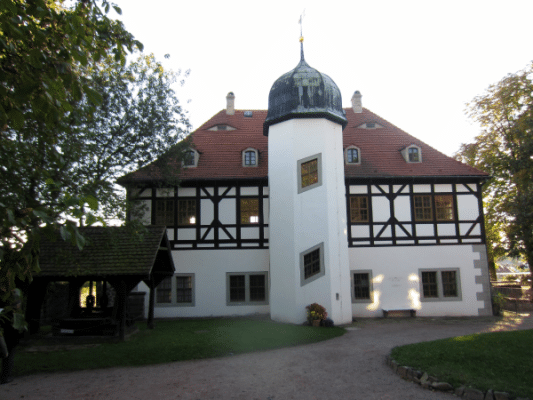
Another historic wine estate is Hoflößnitz, which is 600 years old. Founded in 1401 as a yard for growing wine by the Wettins, Hoflößnitz expanded over the following centuries with the addition of vineyards and, together with the hillside pavilion built in 1650, the vines continue to be cultivated today. There is a wine growing museum, a winery and a wine tavern.
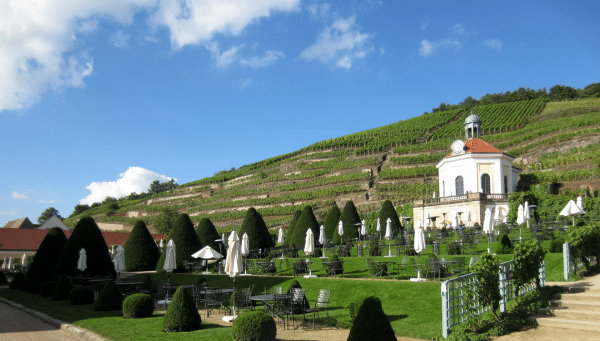
The Hoflößnitz wine festival is the highlight of the wine year. The festivities take place on the street, in courtyards, cellars, gardens and meadows. The tapping of the first barrel of “Federweißer”” forms part of the opening ceremony, as does the entrance of the Wine Queen – a title worth pursuing.
Saxon wines can be experienced in several ways. You can hike the 35 mile Saxon Wine Trail, cycle along the Elbe Cycle Route or cruise on the historic ships of the Saxon Steamship Company. The region only produces enough wine for the local market, so make sure you indulge when you visit—and bring a few bottles home.
Weingut Vincenz Richter
Kapitelholzsteig 1, 01622 Meißen
Tel. 03521 731616, 0177/21 55 036
Schloss Wackerbarth
Wackerbarthstraße 1, 01445 Radebeul
Tel. 0351 8955-219
Historic Winery & Museum Hoflößnitz
Stiftung Hoflößnitz
Knohllweg 37
D-01455 Radebeul/Sachsen
Tel. 03 51/ 8 39 8341
Where to Stay:
Parkhotel Meißen
Hafenstraße 27-31, 01662 Meißen
Tel. 03521/722 50
Where to Eat:
Vincenz Richter
An der Frauenkirche 12, 01662 Meißen
Tel. 03521/45 32 85

